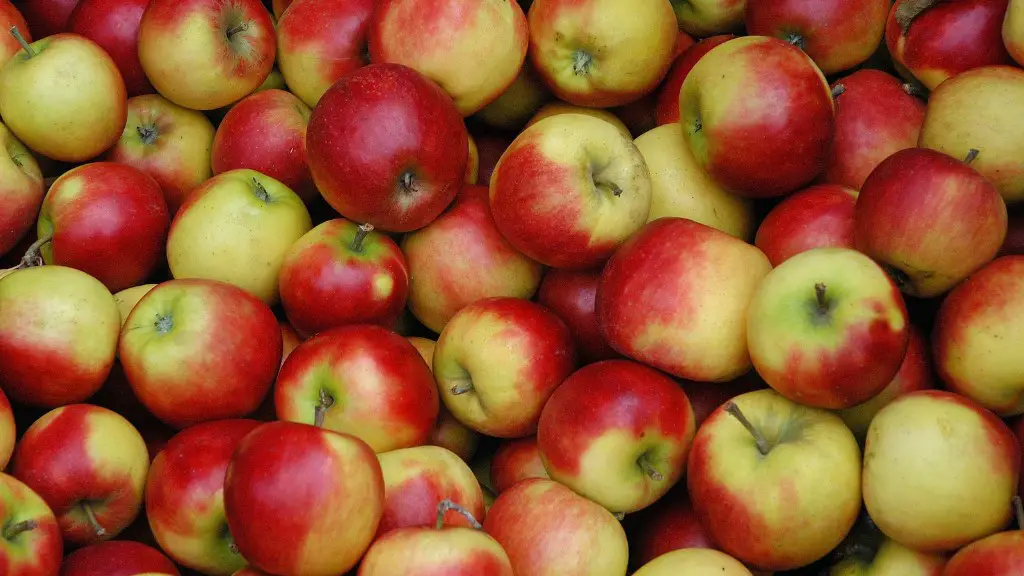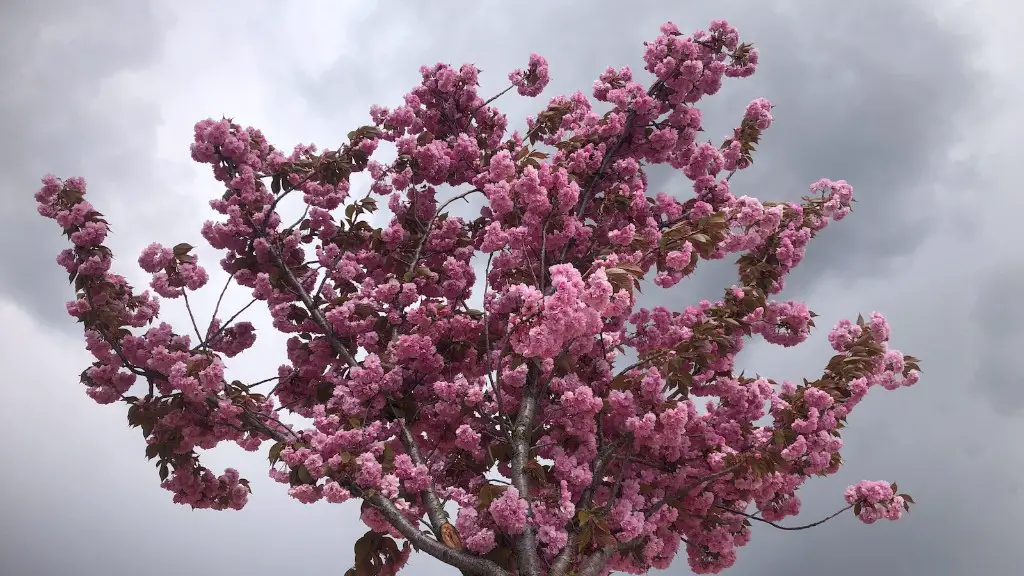Meyer lemon trees are a popular citrus variety that is appreciated for its intense flavor, attractive foliage and flowers, and small size. As a tender tree, it requires a warm climate to do well and cannot handle cold temperatures. Knowing the lowest temperatures that a Meyer lemon tree can handle will help you determine where it can survive and thrive in your garden.
When considering the temperature requirements of the Meyer lemon tree, it should be noted that it is hardy in USDA zones 8 through 10. In areas outside of these zones, the Meyer lemon tree will need protection when temperatures dip too low. Cold temperatures can also damage flower buds and foliage. The lowest temperature that a Meyer lemon tree can handle is 24 F (-4 C), although temperatures below 28 F (-2 C) may cause damage.
The Meyer lemon tree is not just a cold-sensitive tree, but is also sensitive to high temperatures. If temperatures rise too high, the tree may suffer from heat stress, which can stunt growth and reduce yields. When temperatures are consistently over 90 F (32 C), the growth of the tree may be severely affected. It’s best to ensure that your Meyer lemon tree is located in an area with temperatures no higher than 86 F (30 C).
It’s important to keep in mind that cold temperatures alone are not the only factor that can affect the health of a Meyer lemon tree. Extremely dry air or strong winds can also create problems. The tree may be damaged if exposed to winds of speeds over 15 mph. In order to provide optimal growing conditions, make sure the Meyer lemon tree is planted in an area that is well-protected from wind and not exposed to temperature extremes.
When planting a Meyer lemon tree in its permanent location, it’s important to consider the temperature range in the area. It’s best to plant a Meyer lemon tree in a climate that is consistently warm, as temperatures near or below 24 F (-4 C) can cause permanent damage to the tree. If temperatures in your area dip too low, you may need to consider providing additional protection for the tree, such as covering it with a frost cloth when temperatures dip too low.
Soil & Fertilizer Requirements
Meyer lemons need well-draining, slightly acidic soil that is rich in organic matter. The soil should be kept moist but not soggy, and the tree may need occasional deep watering to keep the soil evenly moist. The tree should be fertilized every few weeks in spring and early summer, using an organic fertilizer. It’s also important to continue fertilizing throughout the summer and fall to prepare the tree for winter. Avoid fertilizing the tree during the winter months, as this can stimulate new growth that may be damaged by cold temperatures.
Pruning & Training
The Meyer lemon tree needs regular pruning or training to maintain its desired form. Pruning the tree will promote growth, encourage fruiting, and reduce disease. When pruning the Meyer lemon tree, always use clean, sharp tools and make sure to avoid cutting into the branches too close to the trunk. Prune the tree when temperatures are warm for best results – avoid pruning when temperatures are extremely cold.
Pest and Disease Control
Meyer lemon trees are relatively resistant to most pests and diseases, but there are a few insects and diseases that may affect them. These include the citrus whitefly, scale, and citrus blight. It’s important to inspect the tree regularly and take prompt action if any pests are found. If a pest infestation is severe, contact a professionally licensed pest control operator. Additionally, make sure to regularly spray the tree with an insecticidal soap or horticultural oil.
Harvesting
The Meyer lemon tree will produce fruits throughout the year and the best time to harvest these lemons is when they are fragrant, tart, and yellow-green in color. The tree will bear more fruit when temperatures are warm, so harvest before temperatures get too cold. Additionally, make sure to harvest the lemons at their mature size, as this will improve their flavor.
Winter Care
Meyer lemon trees need proper winter care to survive the cold temperatures and thrive in the spring. The tree should be mulched in late fall to help keep the roots warm. Additionally, if temperatures dip too low, you may need to provide the tree with additional protection. This can include covering it with a frost cloth or building a cold frame around it. Keep an eye out for any signs of damage in the spring and take prompt corrective action.


